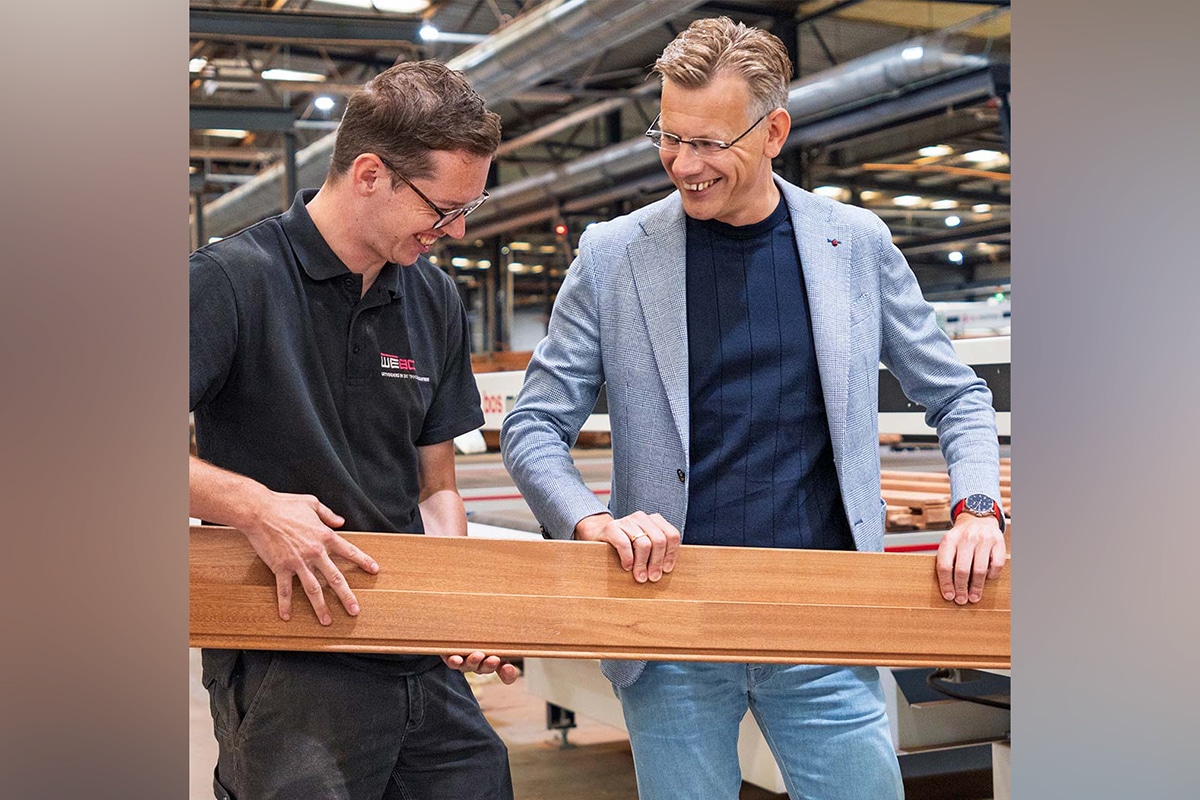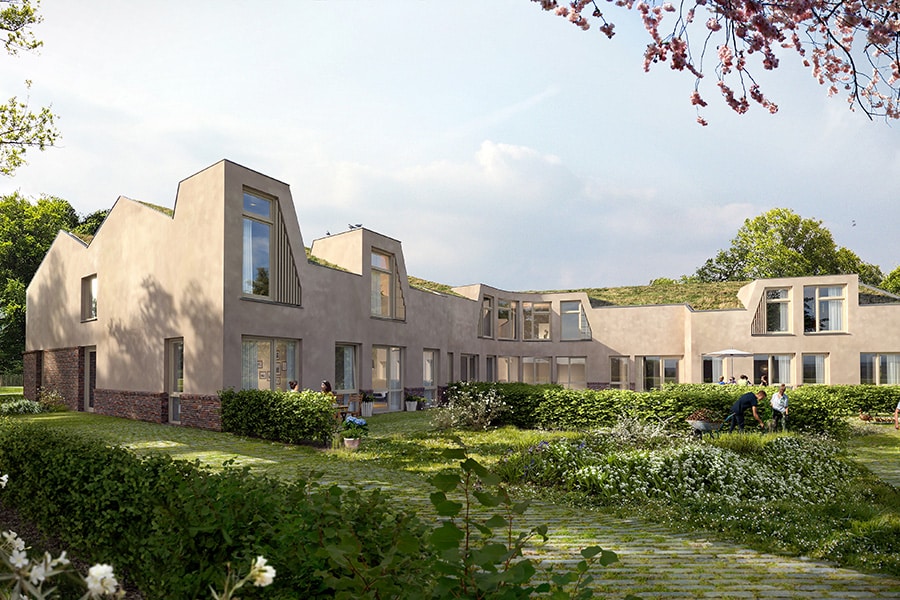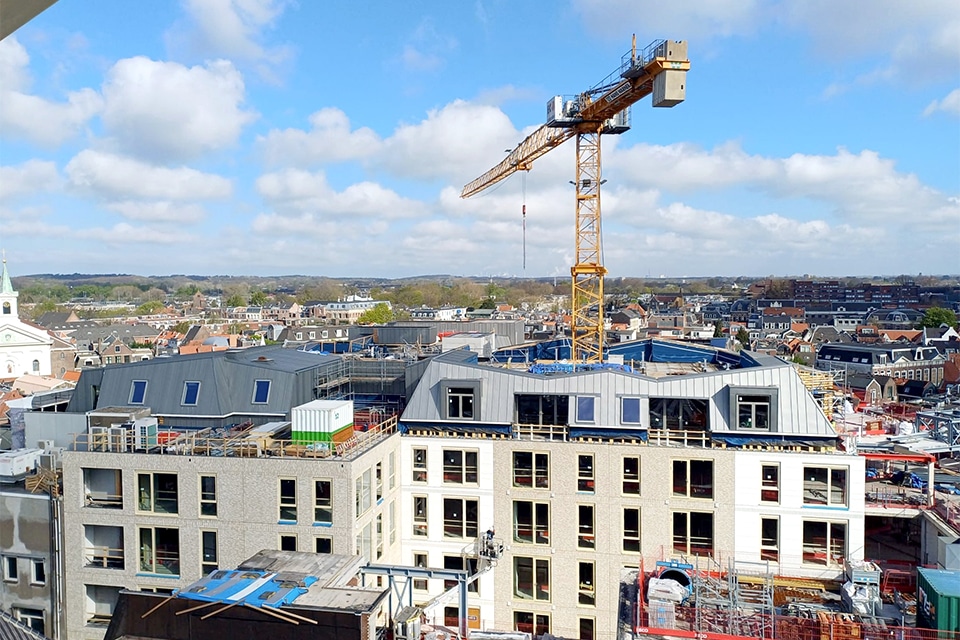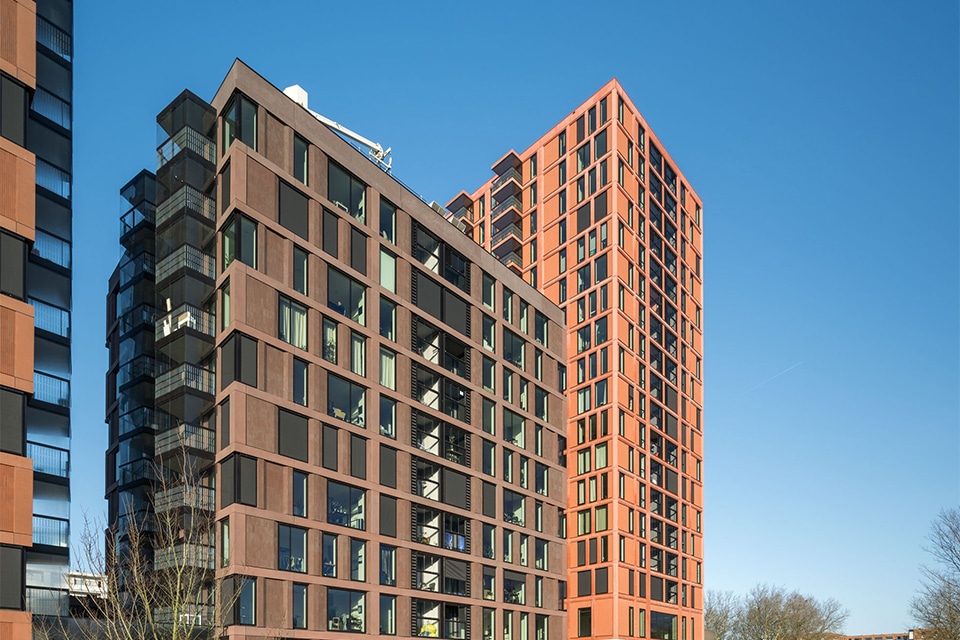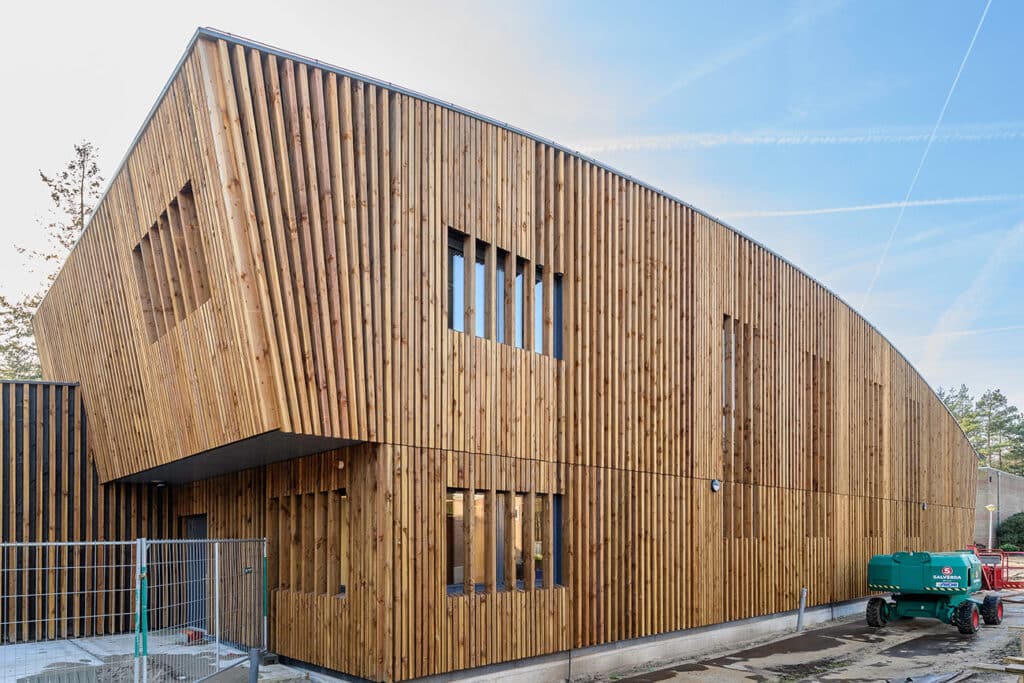
Everything for the softest drinking water
New construction and expansion of Vitens in Epe
The softest drinking water in the Netherlands? That comes from Epe, where Vitens extracts, purifies and pumps water to customers in the region. It was up to Salverda Bouw to renovate and expand this drinking water production site without leaving households and businesses without water.
In the water catchment area in the beautiful forest of De Dellen, in the Veluwe region of Gelderland, there are eight large wells. These pump up groundwater from a depth of 26 to 82 meters. That this water is the softest in the country is because there is little calcium in the soil. The pumped up water is also naturally very clean: the sandy soil pre-filters it, as it were. Vitens' drinking water location in Epe ensures that the soft water can flow from the tap at customers' homes.
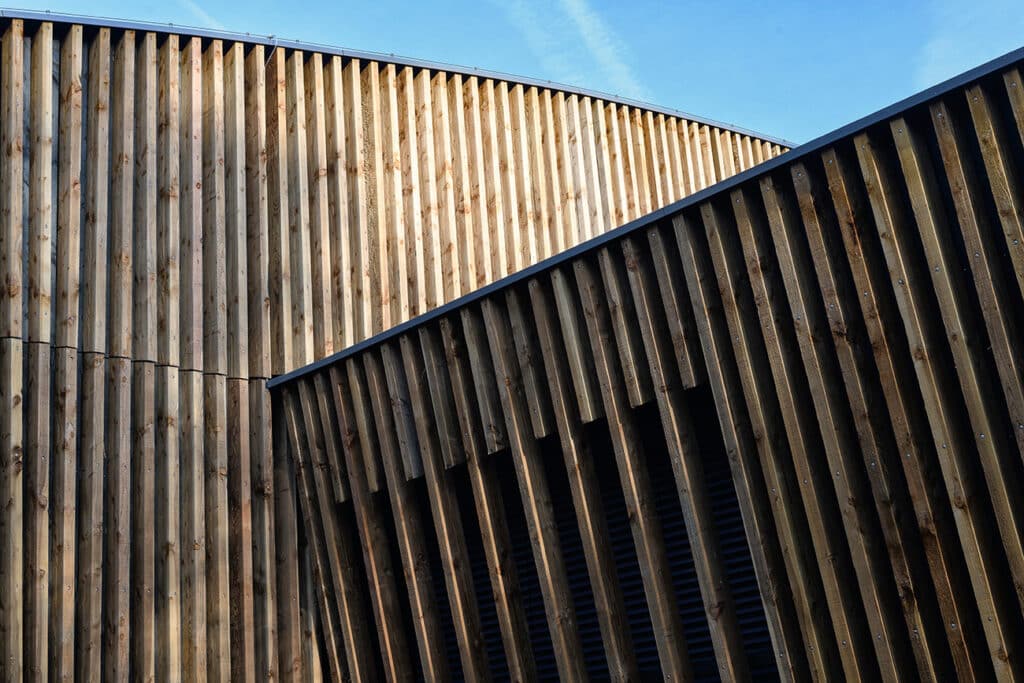
In order to continue to guarantee the supply of water in the future, it was time for the 1980s drinking water site to be substantially renewed and expanded. Main contractor Salverda Bouw started this multi-year project in September 2022, in collaboration with Rook Pijpleidingbouw for the water-side installation work and Hollander Techniek for the electrical installation and process automation. A familiar trio that has worked together successfully on Vitens projects before. With a new pump and control building, a fourth filter tank, a sludge thickener and a new e-room in the filter building, the site will soon be ready for the future.
Not a day without water
During the work, the water supply was not to be interrupted: therein lay the greatest challenge for the construction team. Regardless of the work, the user always had to have water coming out of the tap. Rick Maljaars, project manager of Salverda Bouw: "The job required a great deal of coordination in order to fit the many conversions into the existing operations. Because the new pump building would be at a different location, it all had to be done on the fly without interrupting the production process."
For Hollander Techniek, responsible for the E-installations, this was also a challenge, says project manager Franck de Bruine. "Before we can fully switch over to the new pump building, the old and new building must also be able to operate side by side for some time. To achieve this, it was necessary to map out the old installation properly so that we could connect to it. Then we had to design different situations, lay new cabling and install new distributors and control cabinets."

Nice sample of concrete work
A nice task for Salverda Bouw in this project was to realize the concrete basement in the pump building: the place where the eight pumps send the water to the customers. Maljaars: "Thinking out how the basement basin should look, with what formwork and reinforcement, was an interesting job for our concrete construction department."
'Green' design
Maljaars also found the unusual design of the new pump building an interesting part of this project. "It could have been a square cube box, but Vitens wanted the building to blend into the wooded surroundings. So it was given a round shape, with wooden facades and a green roof. The wooden facades consist of substantial beams of 8 by 20 cm. We had to think carefully about what kind of durable wood was most suitable, how we would attach the beams, how we could make the whole thing waterproof and how it would be easy to maintain over time. These are fun construction issues in which we can demonstrate our expertise."
Bat hotel and red lighting
Respecting the existing flora and fauna was very important to Vitens in this project. That is why they had a bat hotel built into the earth wall in the new pump building. Maljaars: "We talked a lot with the ecologist from Vitens about exactly what this new shelter should look like." Laughs, "That's something else again: being a structural engineer working on how bats like to live best."
In the field of electricity, De Bruine also learned something about the animals of the Veluwe forest. "The lampposts we would install had to be animal-friendly. Apparently animals are put off by white light. Bats like red light, wild boars like green light, the ecologist told us. So yes, what should we choose? In the end, we went with red light because there are no wild boars roaming the grounds."
First necessity of life
From flora and fauna, we move on to another important part of this project: the safety of the drinking water site. Many households and businesses depend on water from Epe. Because water is a basic necessity of life, the safety requirements for this type of location are becoming increasingly stringent. Hollander Techniek has contributed to that safety in several ways, says De Bruine. "In addition to a fire alarm system, we realized a gas extinguishing system. If a fire is detected, a gas is released that lowers the temperature and extinguishes the fire. If the power fails, a large emergency generator ensures that water production can continue as usual. Should lightning strike, a grounding system prevents a fire from breaking out and, in the event of a short circuit, power is diverted away."
Security of premises and network
Hollander Techniek, in cooperation with a subcontractor, also realized beautiful solutions in the area of security. "As a drinking water facility, the location must meet certain standards according to the National Coordinator for Counterterrorism. Then you are not only talking about the security of the building itself - who has access to which place, but also, for example, the protection of the network against hackers."
Testing, testing and more testing
In addition to the E-installations and security, Hollander Techniek was also responsible for the software for this Vitens site. "This software controls all systems, for example those of the pumps and filters. It also ensures, for example, that the emergency generator comes on the moment there are problems with the mains power." Of course, this software is extensively tested before it goes into operation. That is always a very exciting moment, because all systems are worked on long and hard. De Bruine: "If everything then turns out to work, that really is a great moment. Especially because you are working with something as crucial as a water supply and you know what the consequences could be if things go wrong. That gives the work an extra dimension."
Last leads
Meanwhile, the new pump and control building has been completed and the filter building has been fitted with an additional filter tank and new installation space. The new sludge thickener ensures that the dirt filtered out of the water is thickened even further, reducing the amount of dirt Vitens has to dispose of. Through May, the construction team is busy transferring the eight pumps one by one from the old building to the new one. "Each pump has to be disassembled, transferred, installed and tested. That will take us about three to four weeks per pump.
There is pressure behind this, because all eight pumps must be transferred before the high season, when more water is used. Fortunately, this process was well thought out in advance by Vitens and we are on schedule," Maljaars said.
Toasting to fine cooperation
After transferring the pumps, only the old pump building needs to be demolished and the site landscaped with paving and planting. Completion is scheduled for October of this year. After that, all parties can toast to a successful collaboration. Maljaars: "Vitens likes to work with the combination of these three contractors and we as Salverda are completely in agreement with that. Hollander Techniek and Rook Pijpleidingbouw are very competent parties with a good reputation. The collaboration goes very smoothly. We have the same outlook on how we handle a job: we just want to do our job well." De Bruine concurs: "I find the mutual cooperation between Vitens, Hollander Techniek and Salverda very open and constructive. If something goes against us, we help each other."
- Client Vitens
- Architecture Sweco engineering firm, Rooding architects bna and Firma Bart - landscape architect
- Contractor Salverda Construction
- System integrator Hollander Techniek (e-installations and process automation)
